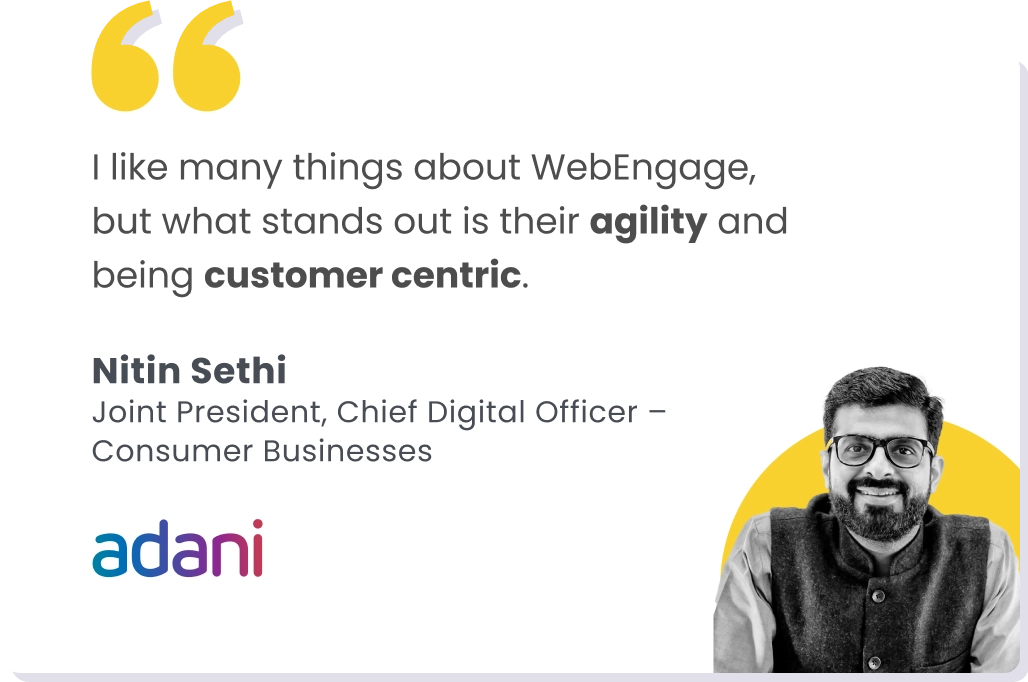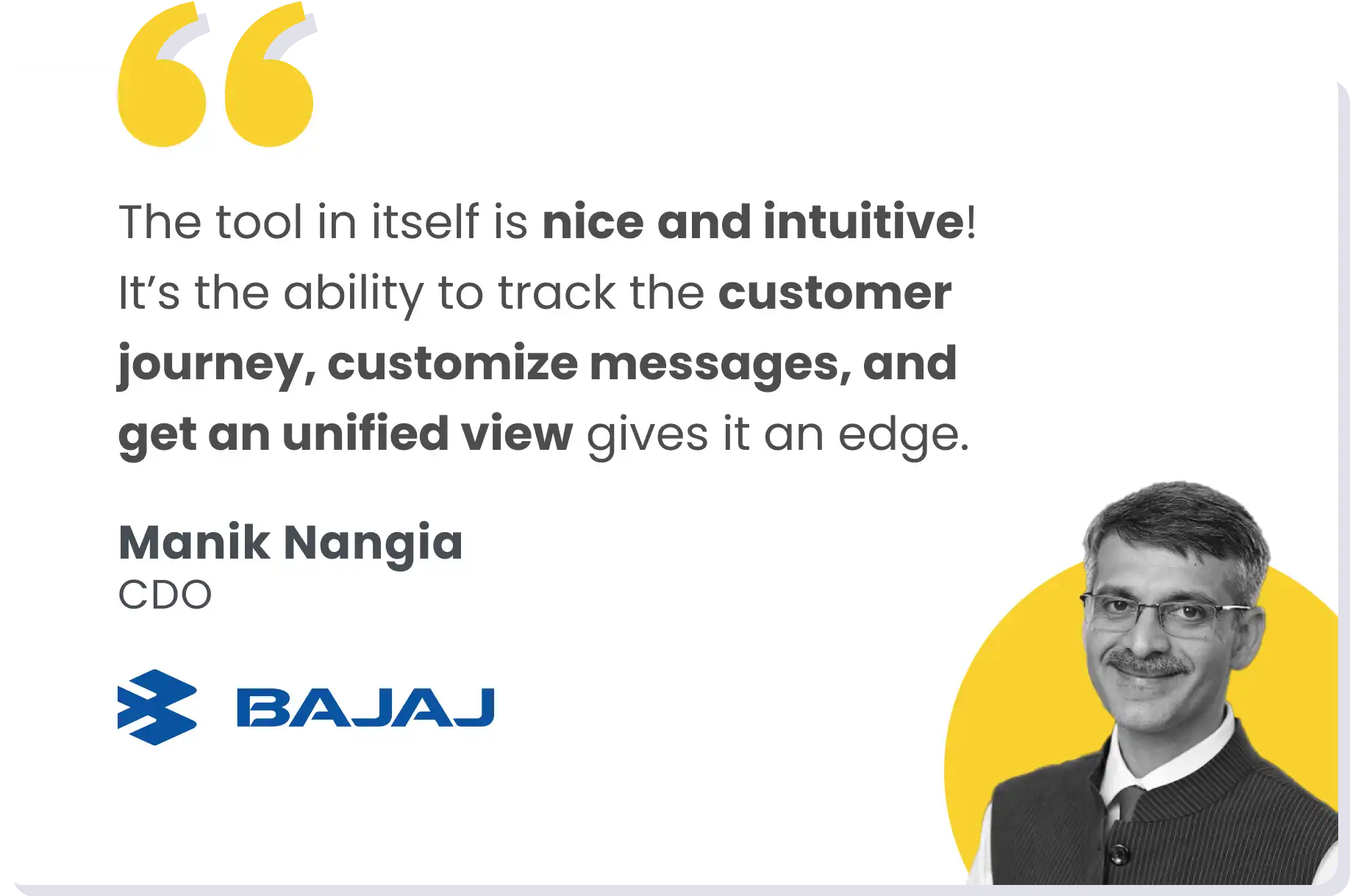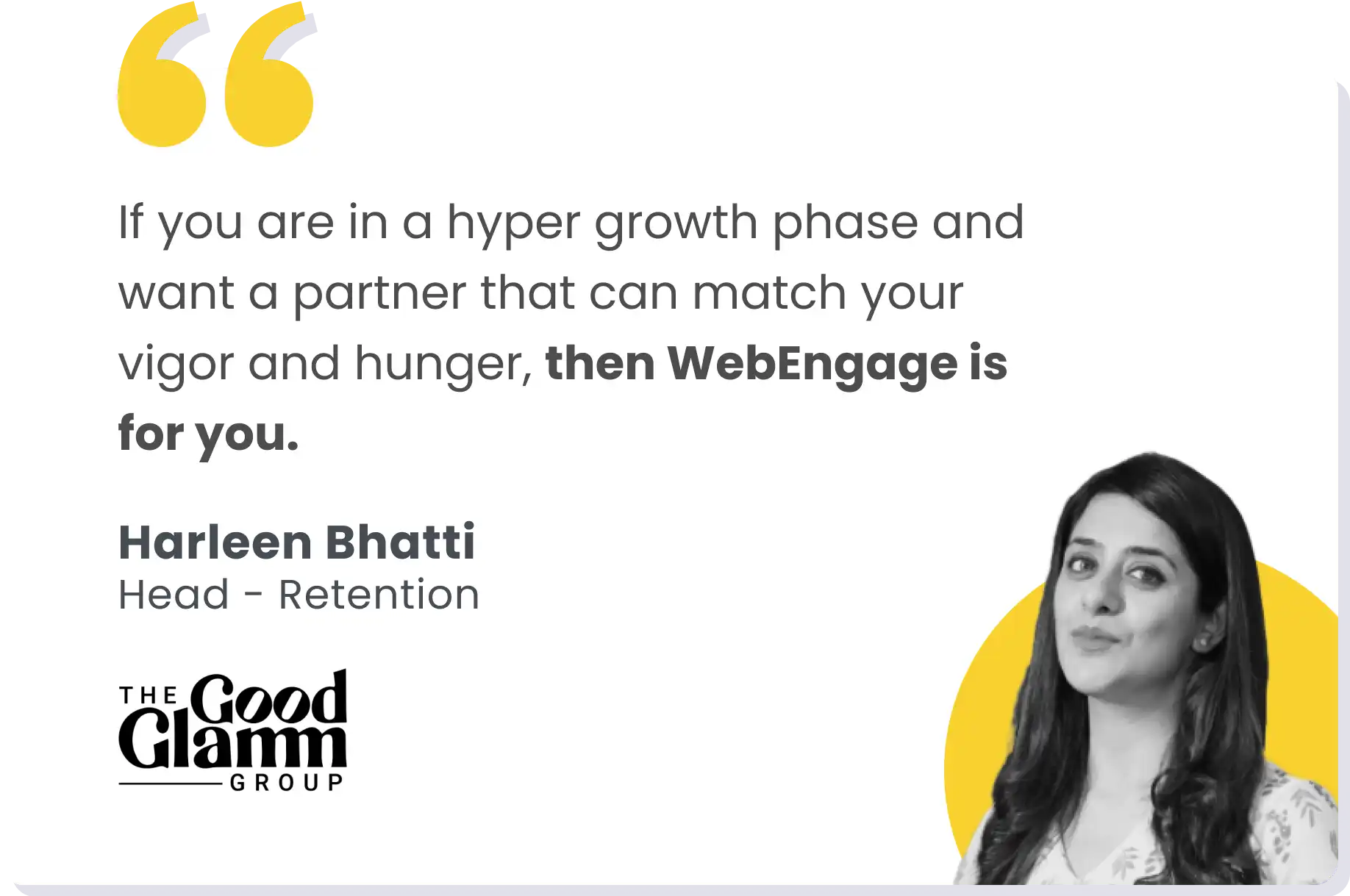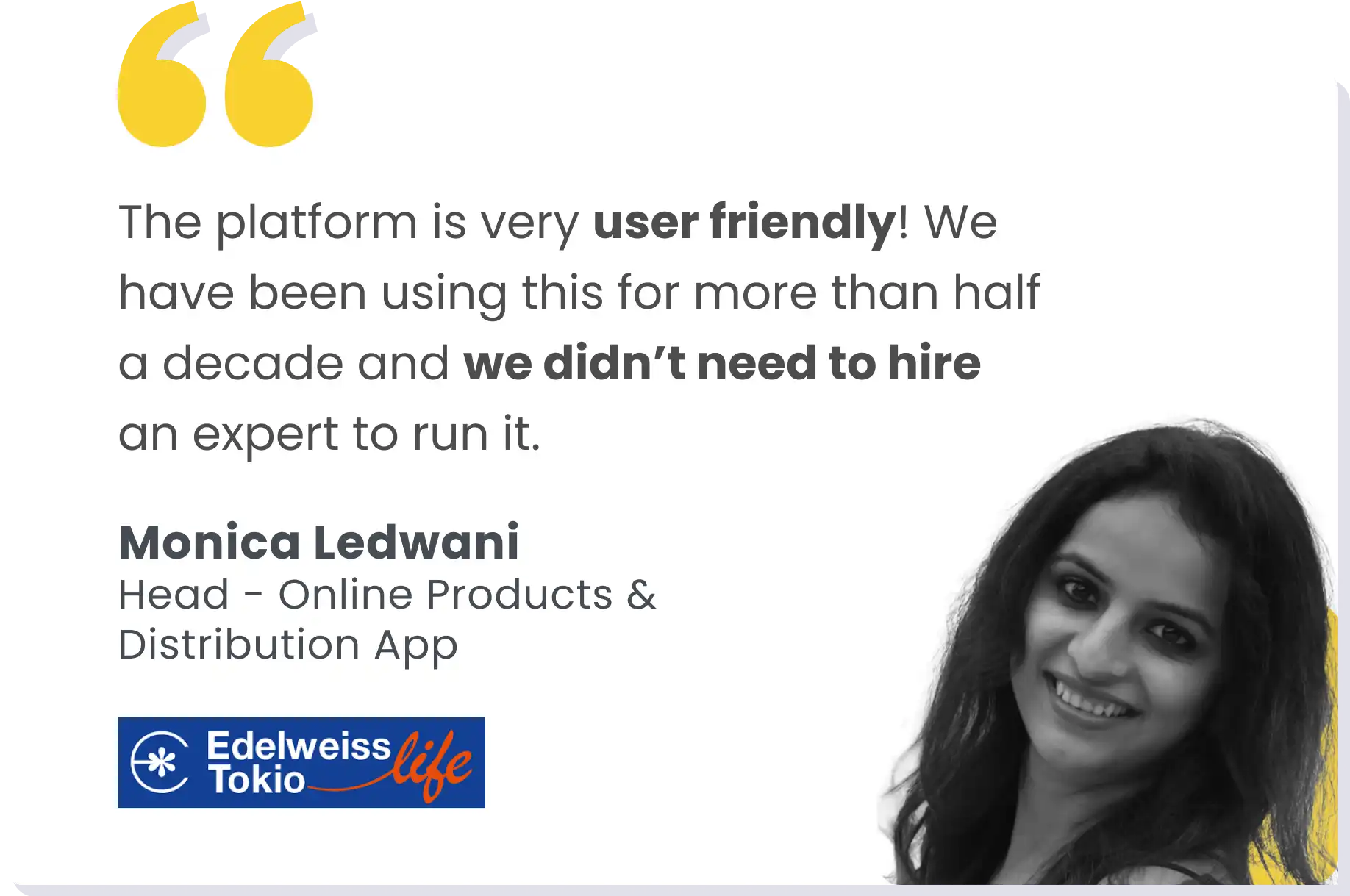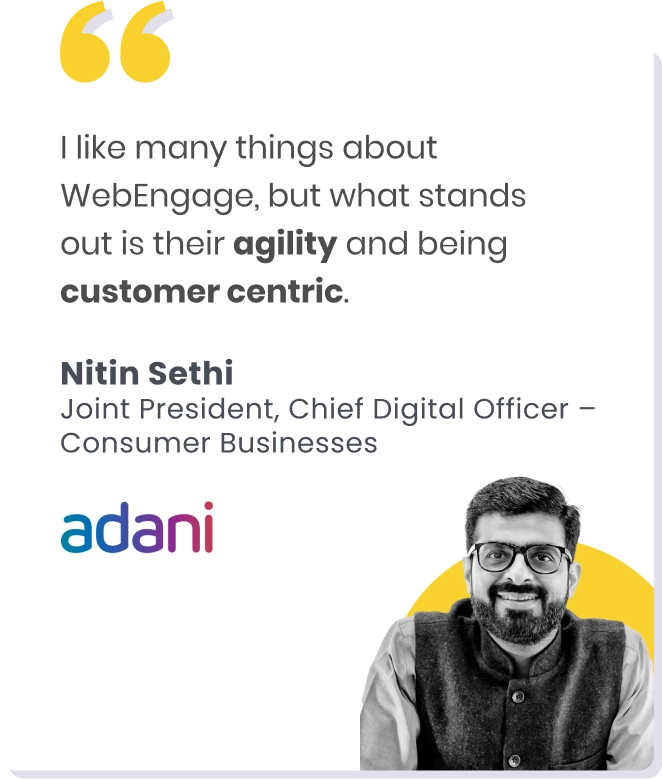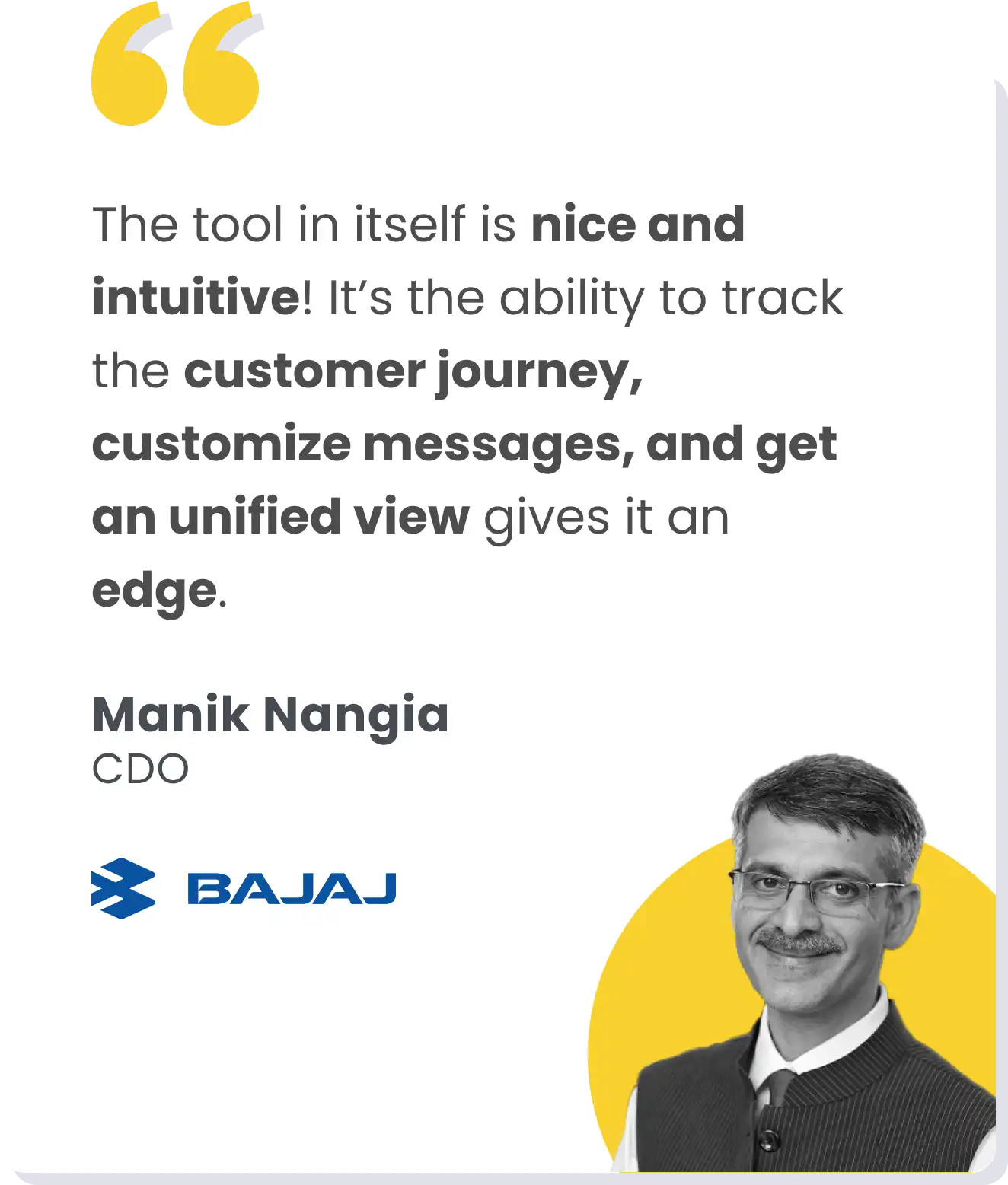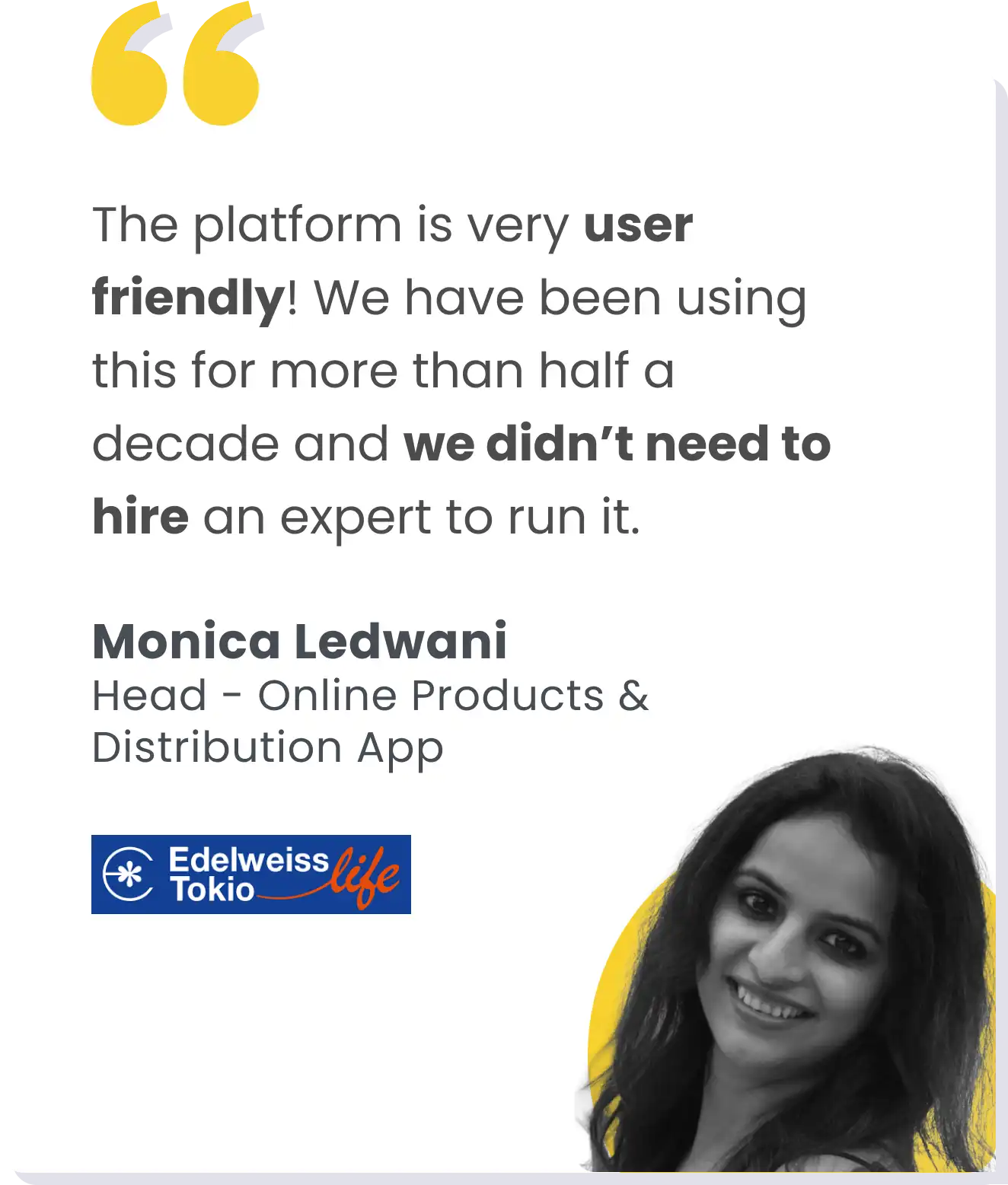Customer Experience (CX) is more than just how your customers feel when they buy from you. It’s about every experience you give them, from the first time they interact with you to the first purchase and even the first time they become returning customers.
It’s more competitive for e-commerce stores to stand out. In 2023, there will be over 26.5 million e-commerce sites worldwide, and each store is looking to provide the best customer experience.
The question now is, “How can you be at the top of your game when it comes to customer experience as a new year approaches?” We created the guide to help you figure it out. We share what you stand to gain, strategies you can apply to lay the groundwork, and brands that are killing it at CX so you can get better.
That’s it; let’s dive right in.
What Is Customer Experience and Why Is It So Important to E-Commerce?
Imagine being inside your favorite store: the lighting is perfect, the layout is attractive, and the staff greet you with a warm smile, ready to help. That’s the experience that keeps you coming back. Now, consider how to translate this feeling into your e-commerce business.
Therefore, e-commerce customer experience is all about creating a seamless, enjoyable journey for your customers, from when they land on your website to when they receive their purchase. It is not just a question of selling a product but of building a relationship with your customers and making them feel valued.
Why is this so important for your e-commerce business? Well, just think back to your own shopping experiences. You’ll return to a store that treats you well, tell your friends about it, and even let small issues slide. It goes the same for customers. A great customer experience may lead to more loyalty, increased sales, and positive word-of-mouth—all extremely valuable to growing your business.
When you focus on customer experience, you aren’t just meeting your customers’ needs but exceeding them. It’s how you’ll beat the competition and turn one-time buyers into lifelong fans. So, as you continue building and refining your e-commerce strategy, keeping your customers at the heart of everything you do will help them notice and appreciate you—that’s a customer retention win for you.
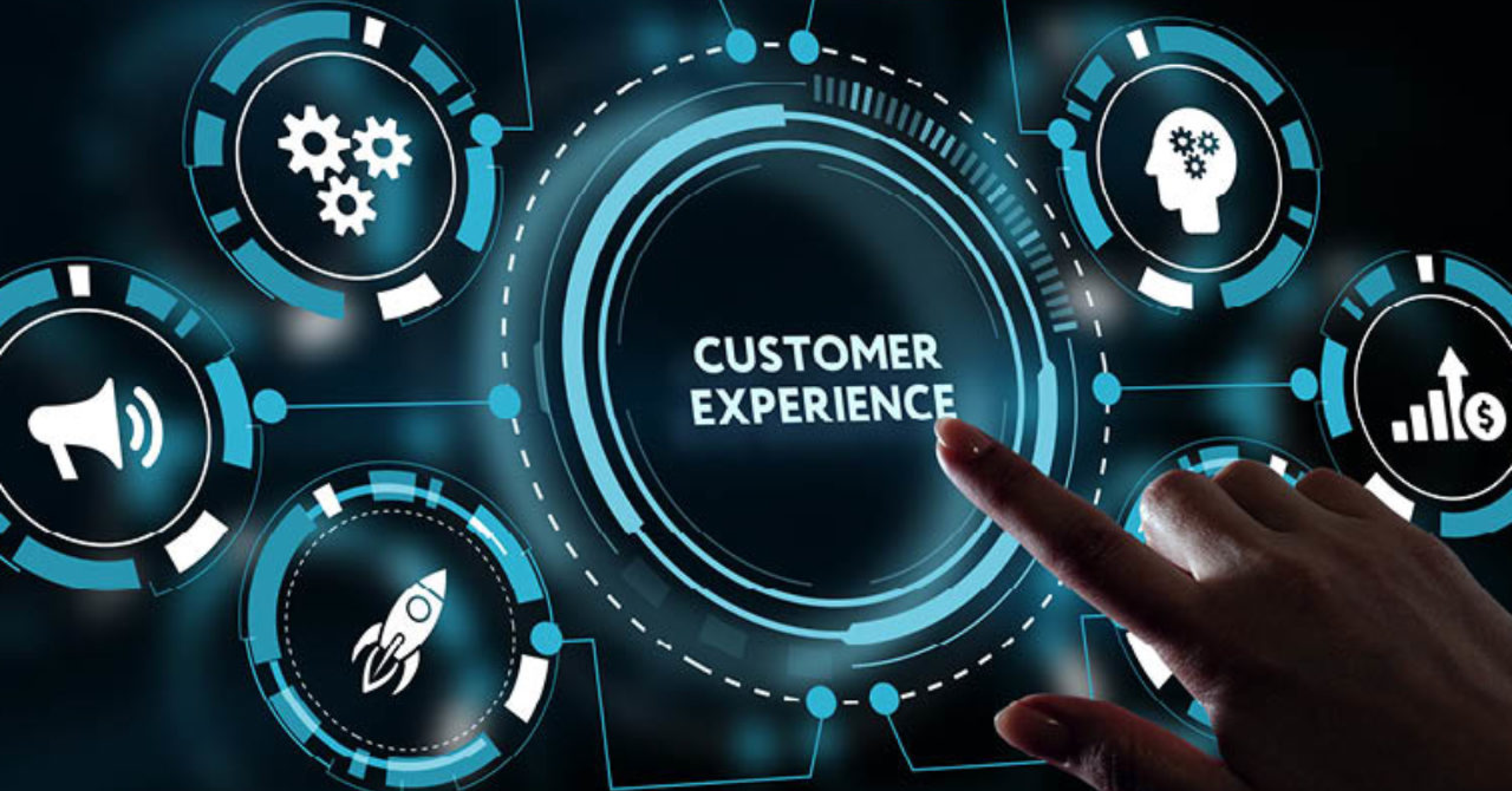
Now that you know why you should prioritize CX, let’s talk about laying the groundwork for your e-commerce customers to have a seamless experience with your store.
It all starts with building a user-friendly website.
Tips To Make Your E-commerce Website Design Work Well For CX
Providing a user-friendly website is one of the most impactful ways to improve customer experience in your e-commerce business. An easy-to-navigate, visually appealing, fast website brings customers in and keeps them on your site longer.
When a customer has a good first impression, browsing time is longer, conversion is higher, and customer satisfaction is greater. Think of your website as a storefront for your digital presence, inviting and guiding people through what they require easily. Here’s how you can make it work:
- Intuitive Design and Easy Navigation: It’s frustrating to get lost on an e-commerce website. Your site should be intuitive, with clear categories and easily found information. This will help your customers find products quicker and provide a better shopping experience, increasing the chances of customers returning.
- Mobile Optimization: More and more people are shopping on their phones, and if your website isn’t mobile-friendly, you could lose potential customers. Giving your customers a great CX also ensures that shopping works smoothly on all devices. For you, that implies responsive design, easy-to-click buttons, and fast-loading mobile pages. Optimizing for mobile will help you meet your customers where they are and ensure that however they access your site, the experience is seamless.
- Fast Loading Times: Nobody wants to wait on the internet, especially when swiping a card online. If your website loads too slowly, potential customers might leave before seeing your offer. A faster website enriches the user experience and helps in search engine rankings so that more customers can locate you easily.
Measuring Customer Experience
Measuring customer experience is a great way to determine how an e-commerce business meets customers’ needs and expectations. Focusing on specific retention metrics and key performance indicators will help you gain valuable insights into what’s working and where there’s room for improvement.
Here are five of the key metrics you should track to ensure that you provide the best possible experience for your customers:
- Net Promoter Score: NPS refers to the possibility of your clients recommending your business to others. It is a simple and powerful means of showing customer loyalty and satisfaction. You may ask your customers, “On a scale of 0 to 10, how likely are you to recommend us to a friend or colleague? “to gauge their general feelings. Pay attention to the feedback from promoters and detractors to identify areas for improvement and capitalize on what you’re doing well.
- Customer Satisfaction Score (CSAT): CSAT is all about determining the level of satisfaction with your customers regarding an interaction or purchase. At the end of a customer transaction or interaction with your support team, ask them to rate their satisfaction on a scale of 1 to 5. This prompt feedback helps you identify which parts of the customer journey are working and which may need tweaks to make it better for them.
- Customer Effort Score (CES): CES measures how easy it is for your customers to do something, like finding a product or resolving an issue with customer service. You can ask questions like, “How easy was it to complete your purchase today?” A lower effort score indicates a smoother, more enjoyable customer experience. To apply this metric, first find friction points along your customer journey and eliminate them to make it as easy as possible for your customers.
- Churn Rate: Your churn rate informs you about the percentage of customers who stop doing business with you over a certain period. Monitoring this metric helps a business understand why customers might be leaving and what you can do to retain them. By finding patterns or common reasons for churn, you can implement strategies to improve retention, including personalized offers or enhanced customer support.
- Customer Lifetime Value (CLV) estimates the total revenue one should expect from a customer in a business relationship. It helps you understand your customers’ long-term value and make important decisions regarding spending on multichannel marketing and customer acquisition. By increasing CLV, you’re boosting revenue and fostering deeper, more meaningful relationships with your customers.

How to Improve Your E-commerce Customer Experience
Improving the customer experience in e-commerce is all about going beyond just selling a product and creating a memorable journey that keeps them coming back. Here’s how you can achieve that, with some real-world examples to guide you: Personalized Recommendations.
Personalization makes each customer feel like your store was built for them. Through data analytics, you learn what they like, how they shop, and even what they will need in the future.
You will then be able to show them relevant and exciting products, creating some sort of discovery and connection with your brand. This can greatly improve their shopping journey by making it more engaging and smooth.Amazon is a brand that has hacked this; they are renowned for their recommendation algorithms, which suggest products based on what other customers with similar interests have purchased. This approach increases the likelihood of additional purchases and keeps customers engaged by continuously offering new and relevant options.
Here is an example of cart-personalized recommendations:
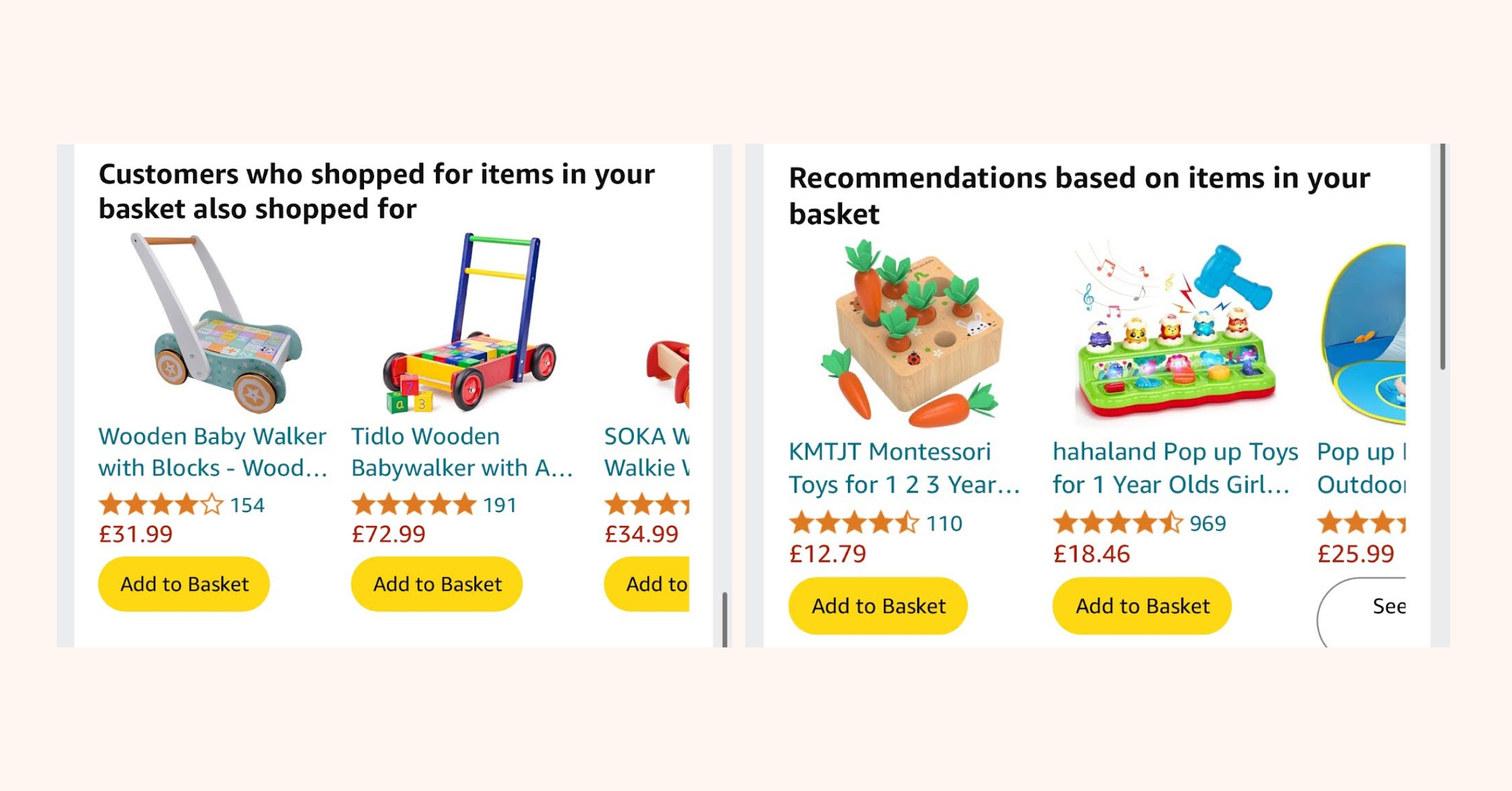
1. Great Customer Support
Customer support means being available to customers whenever they need it. It is about solving their problems swiftly but with a personal touch to let them know you really care.
That may include staff training to handle customer inquiries empathetically and efficiently to leave a positive impression on each interaction. When customers get support, they are likely to have more trust in your brand and revisit it for future purchases.
For instance, Zappos, a popular shoe and clothing brand, has built its brand on fantastic customer service. It offers support anytime, any day, allowing employees to send surprise gifts or handwritten notes and turn ordinary transactions into memorable experiences.
See this LinkedIn post a company shared about their trip to the Zappos office:
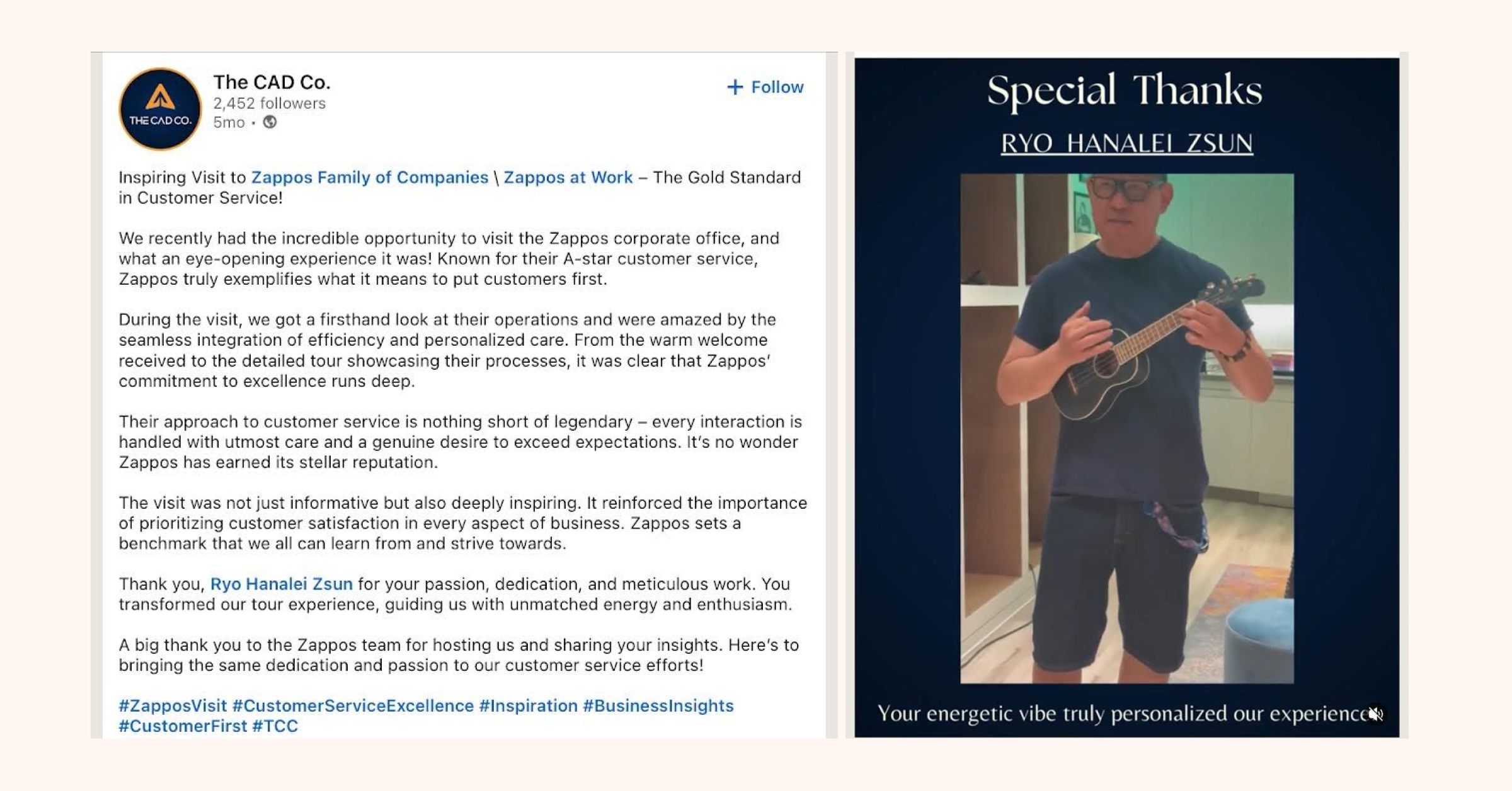
2. Streamlined Checkout Process
A well-streamlined checkout process facilitates smooth cart abandonment and improves conversion rates. It starts by simplifying the steps a customer needs to undertake to complete a purchase, ensuring the process is quick and free from hassles.
This may include giving a guest checkout option, minimizing fields of the form, and offering a variety of payment methods. You will find it easy to have customers complete purchases, thus removing any barriers that may discourage them from completing the order.
An example of a great brand to benchmark from would be Apple. For them, the checkout process has been designed to make things easier and quicker, such as with Apple Pay, allowing customers to checkout with minimal effort. This attention to convenience gives customers the confidence to buy what they want without holdups and stress.
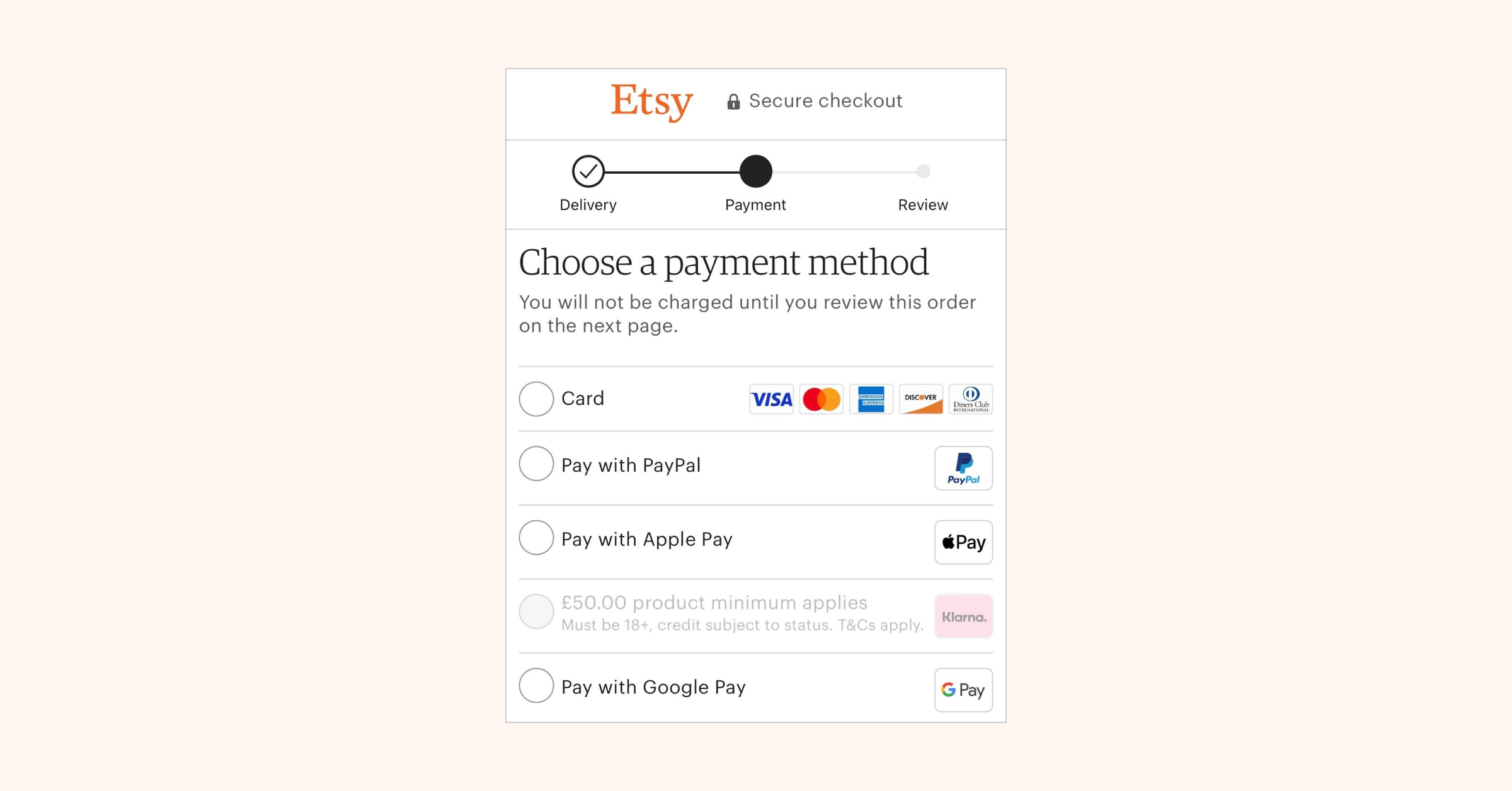
3. Building Community + Engaging Content
Building a community around your brand creates content that speaks to them and helps them interact with the brand. This can be done through social media, blogs, or forums where customers can share their experiences and interact.
In this way, you will give your customers a sense of belonging and make them loyal, and your customers will act as brand ambassadors. Engaging content keeps your audience interested and invested in what you offer, thereby fostering the likelihood of repeat business.
Glossier has created a lot of community-driven branding by asking its customers to share pictures and stories of themselves using its products. This user-generated content adds depth to the brand’s storyline and builds a loyal and personally attached community to Glossier.
Here’s a recent campaign they ran on TikTok with over 800 videos under their hashtag within the first month:

Looking Forward to the Future of Technology for Better Customer Experience
As we look to the future, technology will continue to reshape customer experience in e-commerce. These advancements offer exciting opportunities to create more personalized, engaging, and efficient customer interactions. Companies that want to stay ahead of these trends can ensure that their businesses meet and exceed customer expectations. Here are some key technologies that are set to transform customer experiences:
1. Artificial Intelligence (AI) and Machine Learning
AI and machine learning are leading the transformation of customer interaction through deeper insights and the automation of personalized experiences. These technologies use large volumes of data to predict customer behavior and enable businesses to offer tailored recommendations, often even before needs arise.
Predictive capability based on such analyses strengthens the shopping experience and streamlines interactions, making them easier and more satisfying. For instance, Spotify uses AI to develop playlists personalized to users’ listening habits, making the service unique and interactive and thus retaining their interest.
2. Augmented Reality and Virtual Reality
AR and VR are breaking into the retail industry and revolutionizing customer shopping by filling the gap between online and offline shopping experiences. These enable customers to view how a product would look in a real environment or even virtually try it on, thereby gaining more confidence in the purchase decision.
AR and VR have the potential to drastically reduce return rates and enhance customer satisfaction by providing immersive and interactive experiences. For example, IKEA’s AR application allows customers to see exactly how furniture will look and fit in their homes before making a purchase, thereby making online shopping practical and engaging.
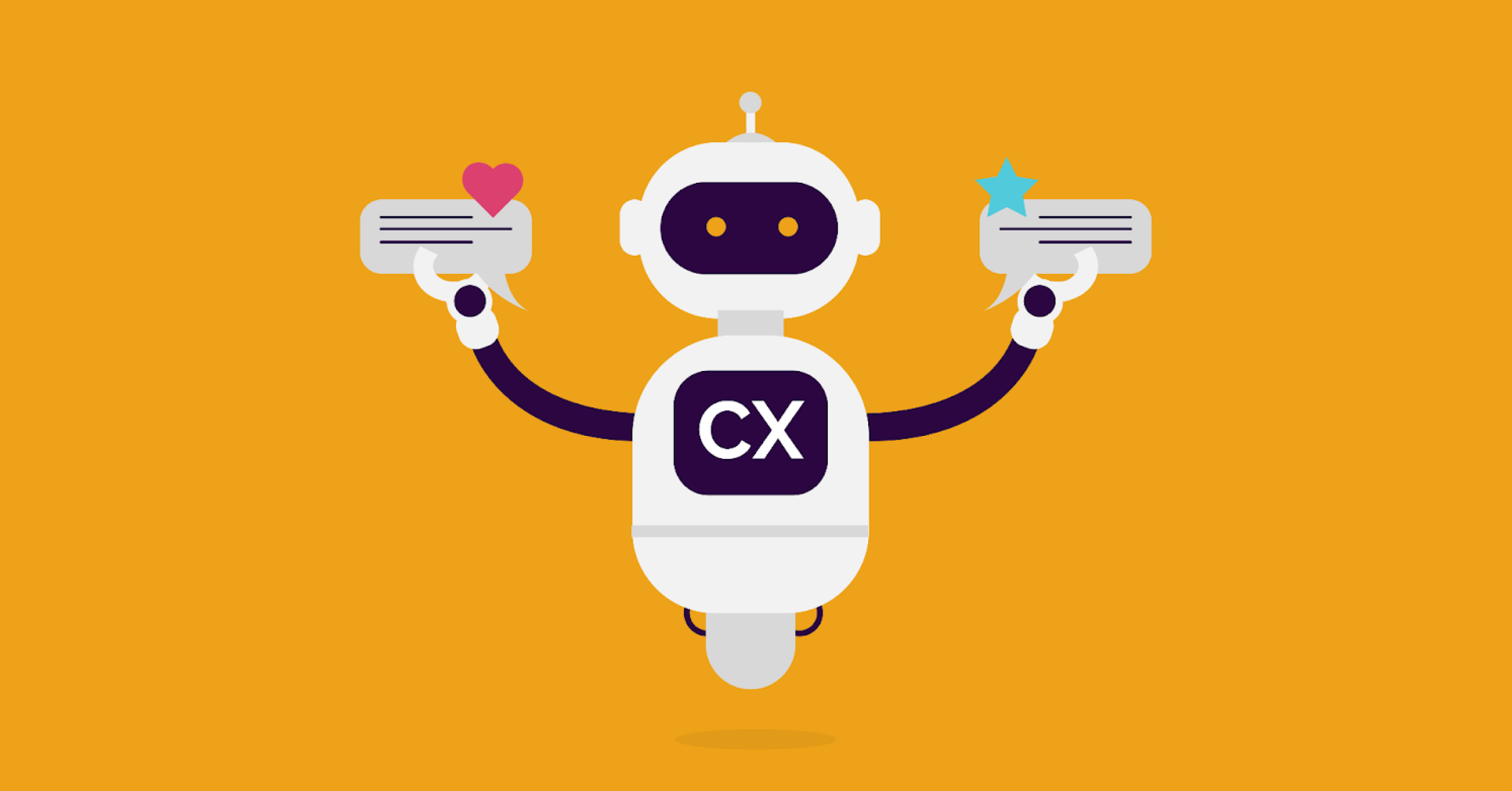
3. Voice Commerce and Smart Assistants
The rise of voice-activated devices and smart assistants is transforming how customers search for and buy products. Voice commerce offers hands-free shopping, convenience, and accessibility, especially for multitasking consumers. As these AI technologies continue to develop, they will further facilitate quite natural and intuitive ways of interacting with the devices, making customers’ lives much easier without needing to navigate through complex interfaces.
For example, Amazon Alexa can let users reorder products, check order statuses, get recommendations for personalized shopping, and use simple voice commands to enhance convenience in their shopping experience.
4. Blockchain for More Transparency and Security
This helps to provide a different sense of transparency and security to every kind of transaction and is important for gaining the confidence of your customers. Assuring customers that their purchases are authentic and safe, blockchain can ensure their record on a decentralized level that is tamper-proof.
It also facilitates secure and efficient supply chain management, ensuring timely and reliable product delivery. Companies like Walmart use blockchain to trace the origins of food products; this allows customers to know where their food originates from and assures safety and quality, building trust and loyalty.
Want a better Customer Experience?
As you implement these strategies, remember that the goal is to develop lasting relationships with your customers by making them loyal brand ambassadors. We’ve given you resources to get you on your feet; if you want to use a marketing automation platform to improve your e-commerce store customer experience, you’re in the right place.
We have helped over 800+ brands with automation that works. Your business shouldn’t miss out; this is your cue to take a demo here.








